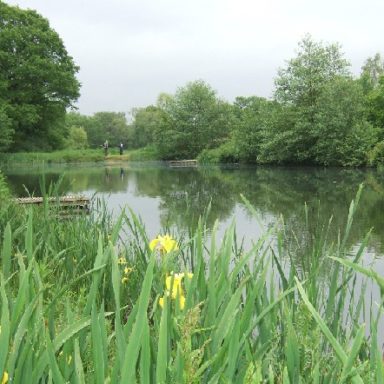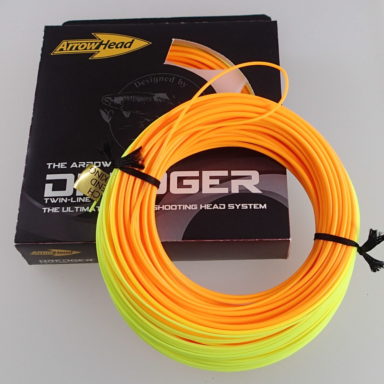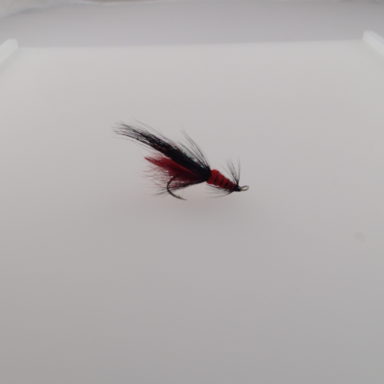I am asked now and again how come one of my pupils can fish for half an hour or more and catches nothing and yet I pick up the rod and get a fish on in just a few casts? My answer is nearly always the same… it isn’t one thing but a lot of things all given perhaps just minor adjustment. The difference between success and failure is nearly always your presentation, depth and speed of retrieve and not the fly. Nevertheless the fly is more often than not given the blame. So let me start with some words on patterns and size.
The first and probably obvious thing to suggest is, what can you see going on in the water? Are the trout feeding and if they are, what do you see, a big splash, a small dimple or just a bulge, swirl or wake of a cruising fish.
Each type of movement will give you a clue as to what the fish is taking and in every event look for signs of the naturals:
A big splash – the fish took something big capable of breaking through the meniscus (the surface tension of the water) or flying just above it. You can assume it is big because trout won’t make that kind of effort for less. So look for the naturals: Damsel flies, Sedges, Mayfly, Daddy Long Legs and even the fry of other fish.
Small splash: Smaller flies on or breaking through the surface: Olives, small sedges, larger midges etc
A small dimple: The fly has difficulty breaking through the meniscus and the trout need not rush to get the food: Nearly always Buzzers (the Midge larvae) which make up a substantial part of a trout’s diet in the UK.
A swirl or wake of a cruising fish: Whatever the fish is feeding on has not reached the surface so it is at this point you fish wet flies and nymphs sunk into the water.
To help the beginner, we are introducing some dedicated pattern collections for various fly fishing situations. These are intended to equip the newcomer with comprehensive selections for his or her first few outings -removing the worry of what flies to buy. As experience grows, you will develop your own tastes and preferences.
Trout Feeding Habits
Trout are carnivorous, feeding on just about any creature small enough to swallow. Trout will forage in weed or on the bottom if they have to, but prefer food that comes to them either in mid-water or at the surface. The bulk of their diet consists of aquatic invertebrates and small fish. Insects, of course, are of prime interest to us. Their occurrence (and availability to the fish as food) is often seasonal. Part of the knowledge we acquire as fly fishers is to do with the changing ‘menu’ over the course of the season. Artificial flies are usually grouped as dry or wet, depending on whether they are fished floating on the surface (i.e., kept dry), or allowed to sink. Ideally, your choice of fly should be based on what you see at the water. Alternatively, you can choose a pattern that has proved effective at that time of year or under similar circumstances. Good local advice can be very useful, but don’t be a slave to it.
Nothing Rising?
Most of the insects trout feed on spend the greater part of their lives underwater. Eventually, nymphs and pupae of aquatic insects have to swim (or crawl) to the surface in order to become winged adults and procreate. At this stage, they are most vulnerable and trout are instinctively on the look out for them. If I cannot see fish rising or I am unsure of what they might be feeding on, my first choice is to fish a nymph quite deep and retrieve in slow A bewildering choiceintermittent pulls. I don’t believe specific pattern matters much, just as long as it looks and moves something like a natural nymphal insect. If your nymphs don’t score, try a freshwater shrimp fished on or near the bottom and twitched back very slowly. Trout love shrimps and this technique can often tempt fish that are lying deep. If these attempts fail, put on a fry/fish imitation and fish it quite quickly. Fish may take this kind of lure either for a small fish or, maybe they strike at it out of aggression. This method can be very effective, particularly on larger still waters.




